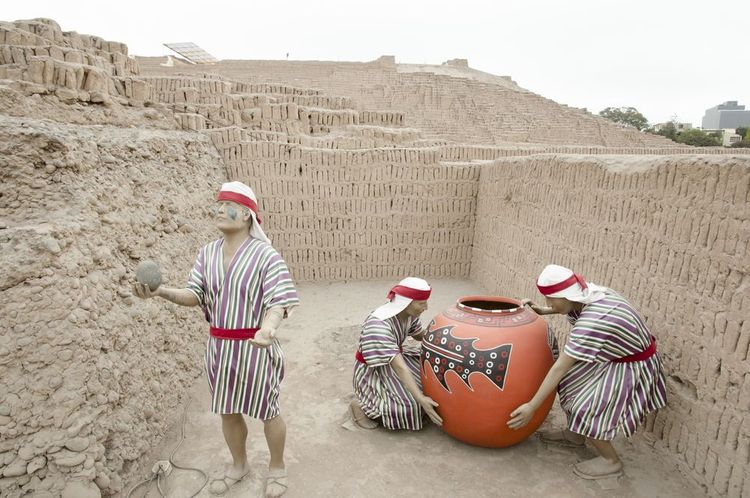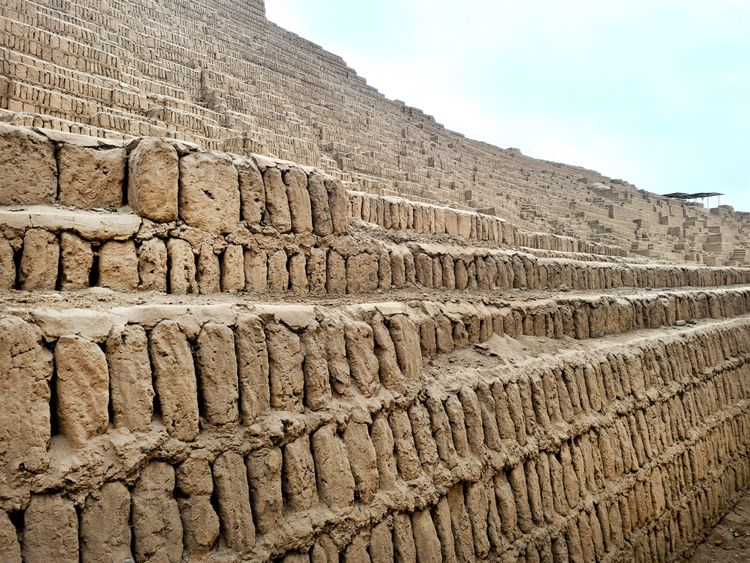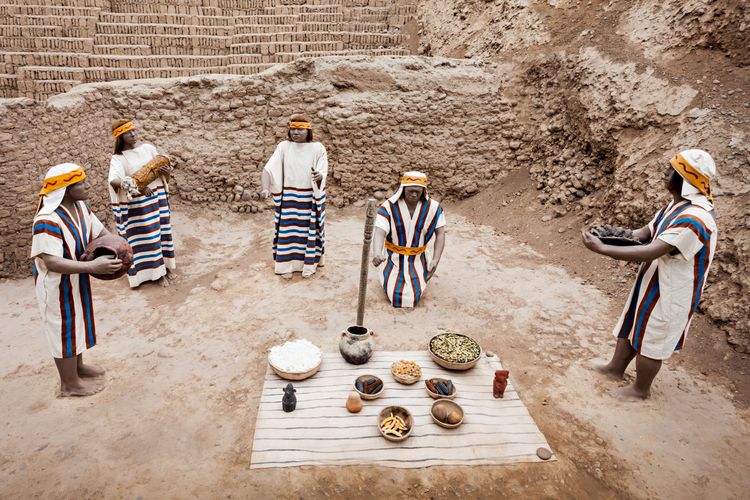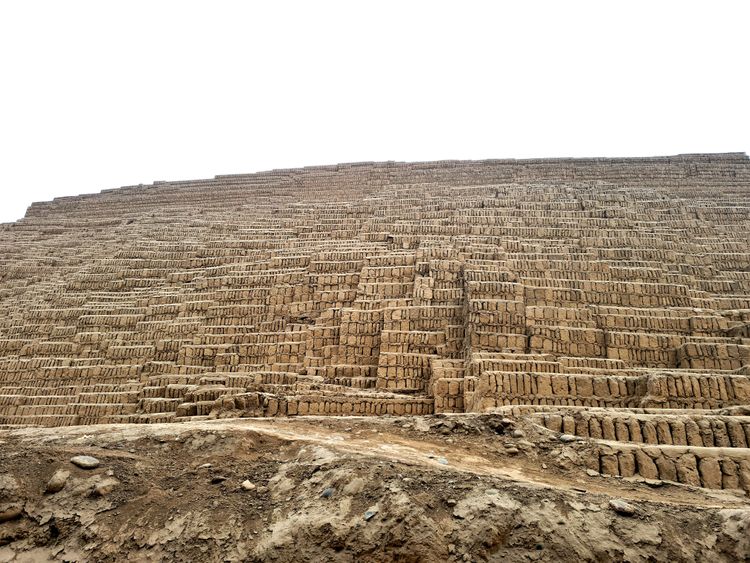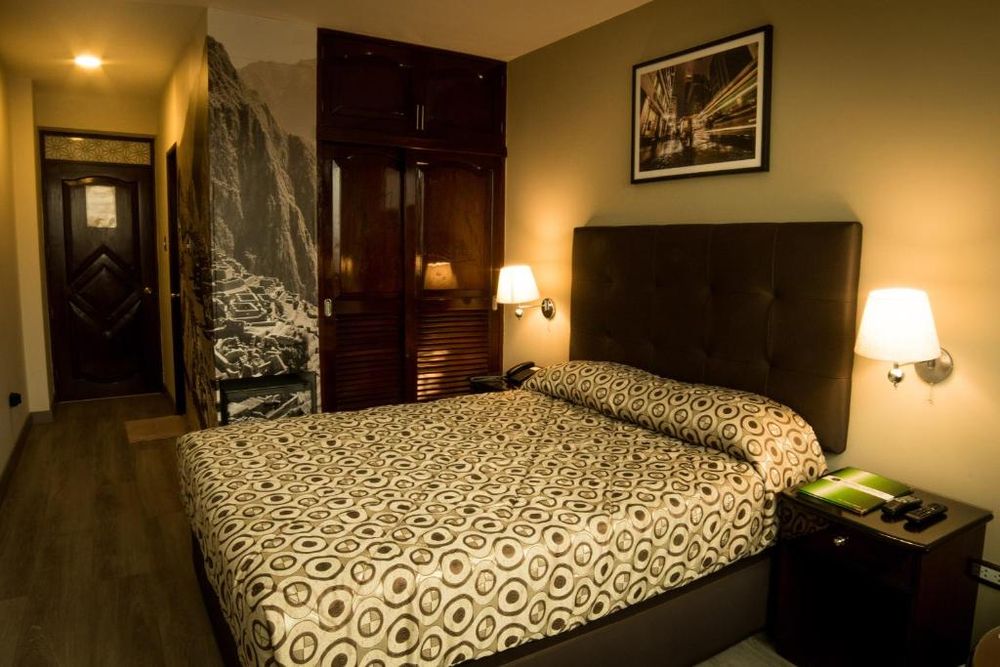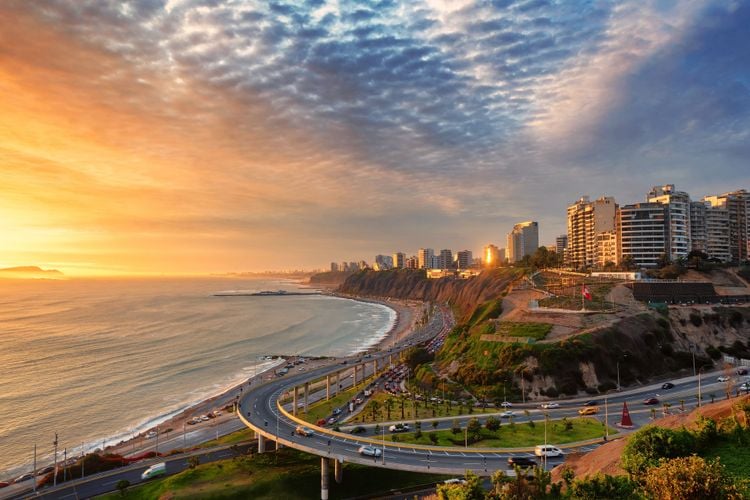Although we often talk about the Incas, other civilisations have left traces of their passage with large-scale constructions that are virtually intact today. This is the case of the Huaca Pucllana site, built by the people of Lima between the 1st and 6th centuries. It served as an administrative and economic centre, with a trading post, as well as a ceremonial centre for sacrifices.
When they were conquered by the Huari people, known for their ceramics and textiles, the latter appropriated the site and turned it into a cemetery before being driven out themselves by the Yschma people, who seemed to perform ceremonies there, although they did not leave as many traces as the other two peoples.

